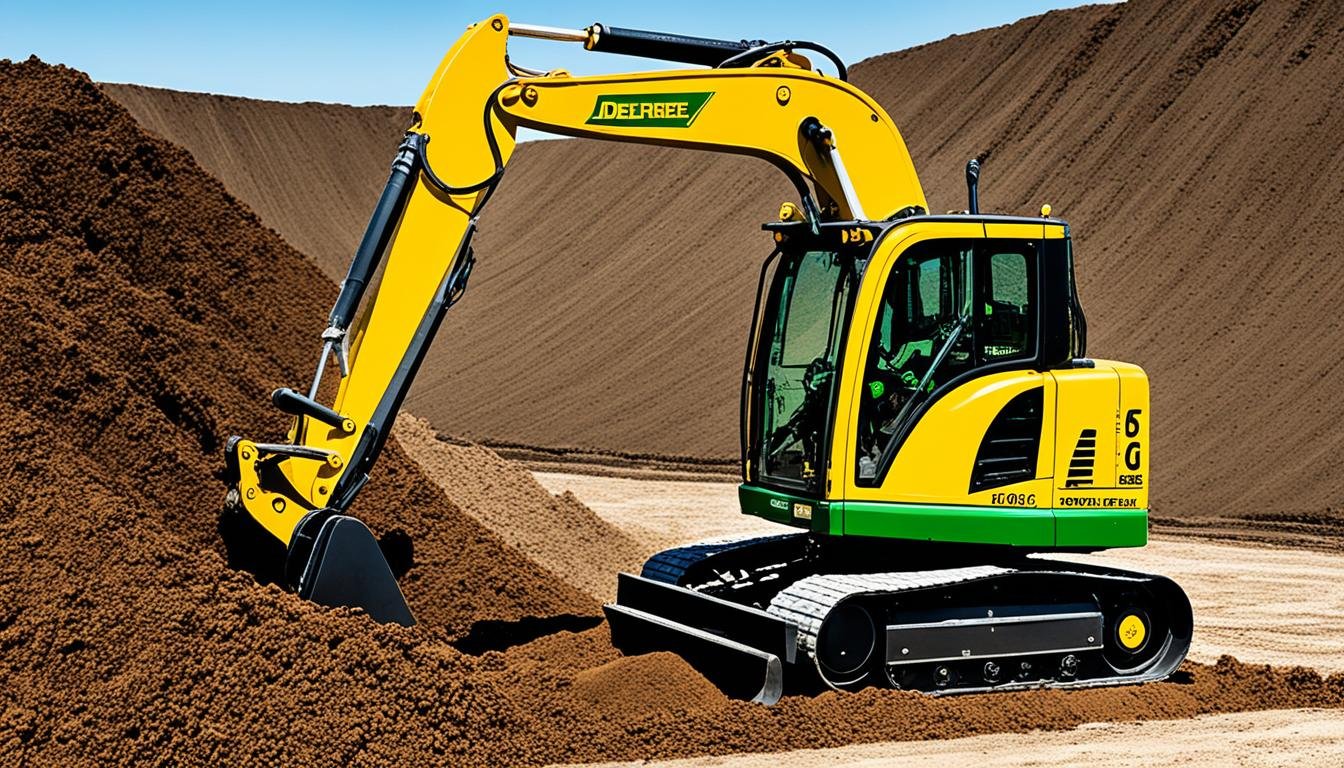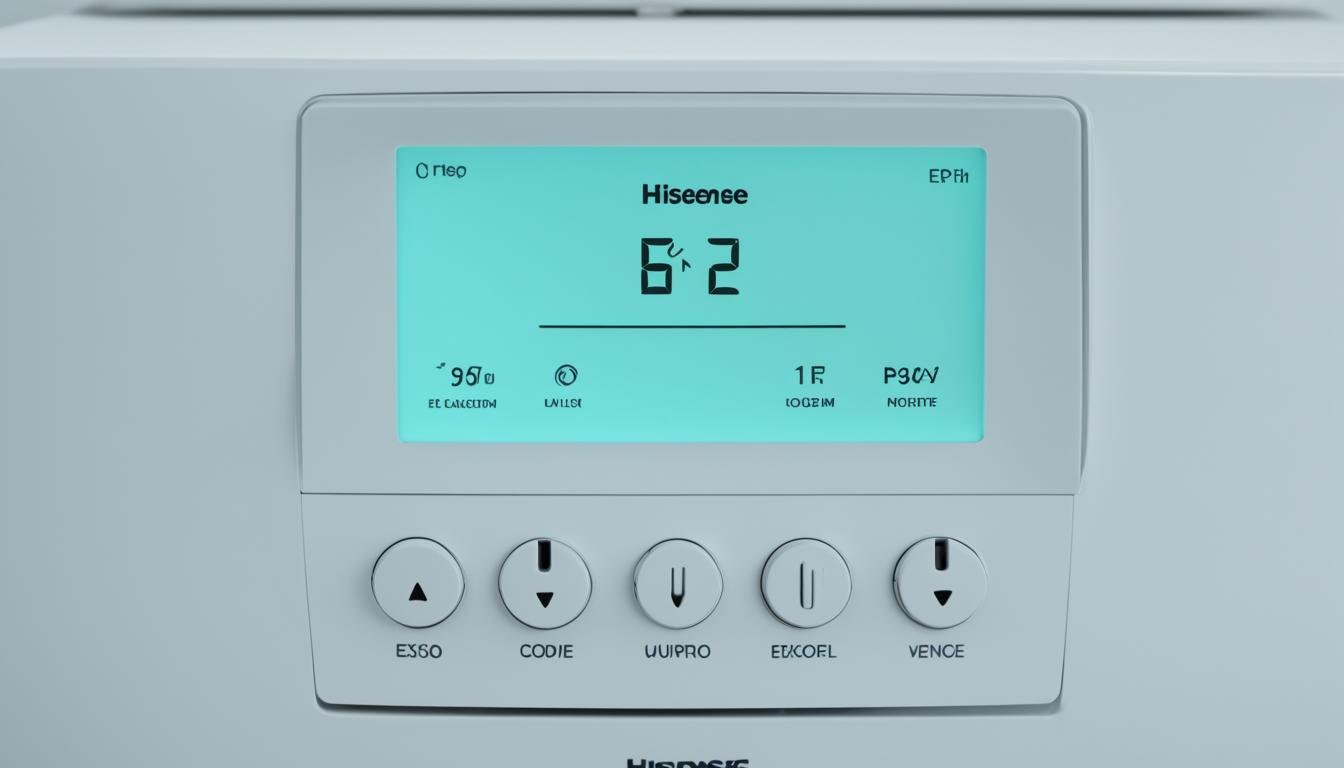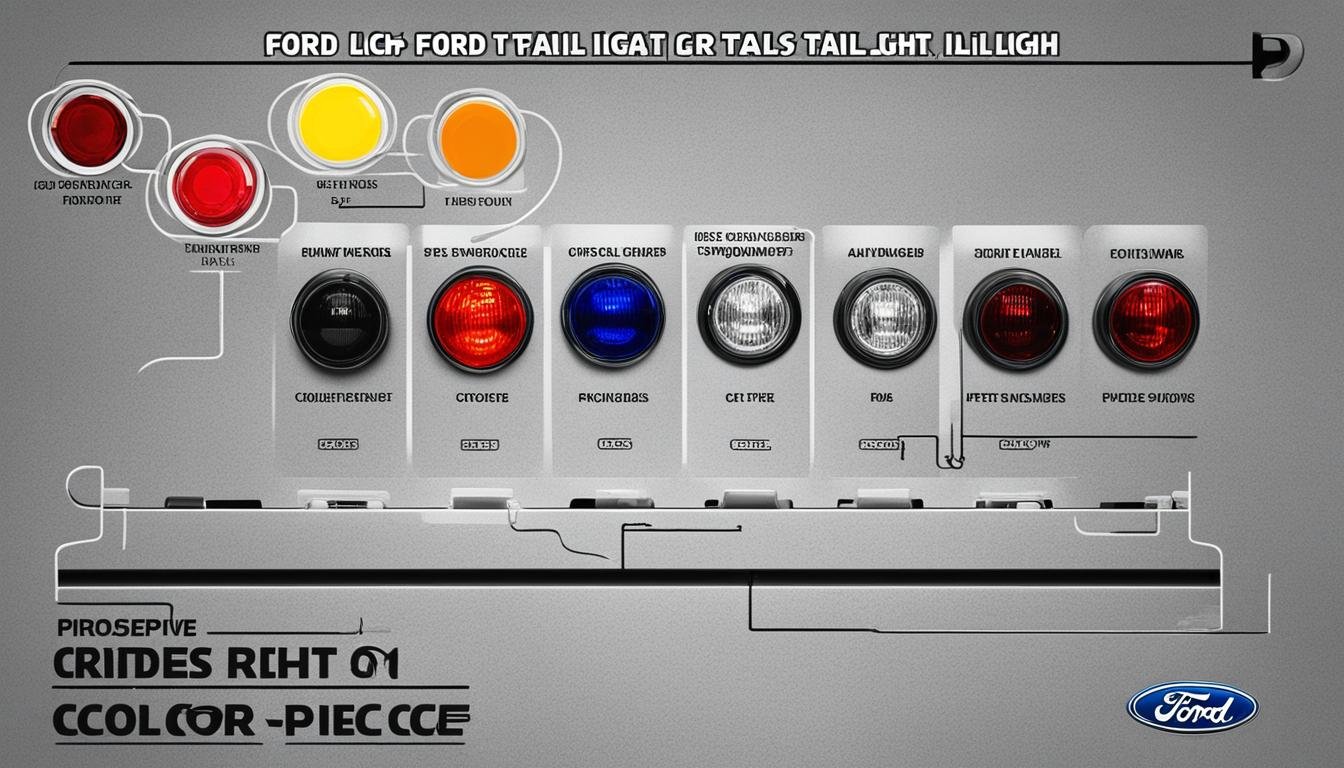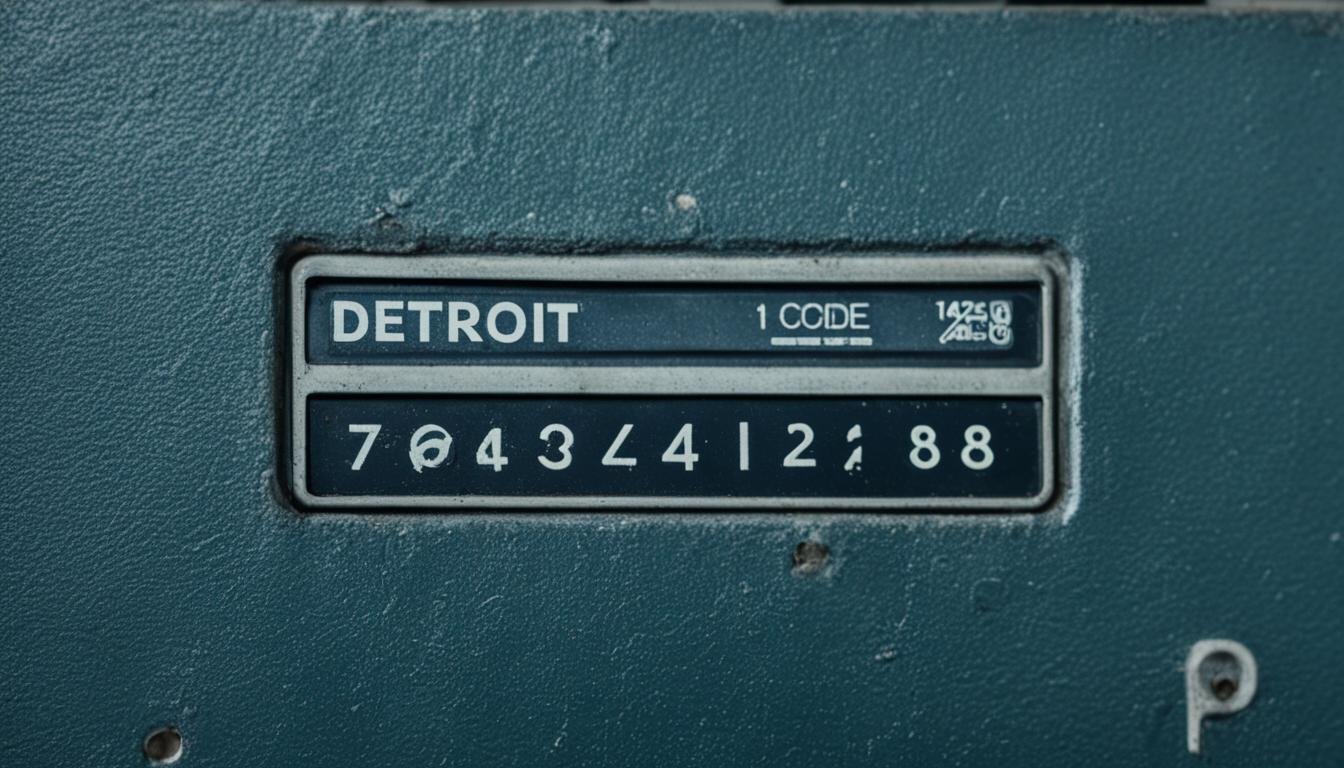Have you ever encountered a fault code on your John Deere 50G mini excavator and wondered what it meant? These fault codes can be confusing, but they hold the key to diagnosing and fixing issues with your machine. In this article, we will dive into the world of John Deere 50G fault codes and show you how to decode them, troubleshoot problems, and get your excavator up and running smoothly again.
Key Takeaways:
- Understanding John Deere 50G fault codes is crucial for maintaining and repairing your mini excavator.
- Fault codes consist of a Diagnostic Trouble Code (DTC) and a Fault Mode Identifier (FMI).
- Decoding fault codes can help identify the specific area and component of the machine that is experiencing issues.
- Troubleshooting fault codes requires a systematic approach, including visual inspections and diagnostic tools.
- Consulting the manufacturer’s documentation can provide valuable resources for interpreting fault codes and performing repairs.
Decoding John Deere Fault Codes
John Deere fault codes play a vital role in diagnosing and troubleshooting issues with the performance of the John Deere 50G mini excavator. Understanding how to decode these fault codes is essential for effective maintenance and repairs. Let’s dive into the structure of these codes and uncover their meanings.
John Deere fault codes consist of two important components: the Diagnostic Trouble Code (DTC) and the Fault Mode Identifier (FMI). The DTC is a combination of three digits that provide valuable insights into the specific area, subsystem, and component of the machine that is experiencing the problem. By deciphering these codes, technicians can quickly identify the root cause of the issue.
For example, a fault code like 1347.4 signifies an issue with the engine system, specifically the fuel pump. The fault is related to low voltage or a short circuit. Decoding this code allows technicians to focus their troubleshooting efforts on diagnosing and resolving the problem with the fuel pump.
Understanding Fault Code Structure
The structure of the fault codes follows a consistent pattern, enabling technicians to interpret and address issues efficiently. Each digit in the DTC has a specific meaning:
- The first digit represents the general area of the problem, such as the engine, hydraulic system, or electrical system.
- The second digit narrows down the focus to a specific subsystem within the general area, such as the fuel system, cooling system, or track control.
- The third digit pinpoints the individual component that is experiencing the fault, such as the fuel pump, temperature sensor, or hydraulic valve.
Using Fault Codes for Effective Troubleshooting
Decoding fault codes is just the beginning. Once the problem area and component are identified, technicians can proceed with targeted troubleshooting measures. This involves inspecting the relevant components, checking for visible signs of damage or malfunction, and performing diagnostic tests if necessary. Consulting the machine’s service manual and fault code lookup tables also provides valuable guidance to diagnose and resolve the issue accurately.
Troubleshooting with the help of fault codes not only saves time but also ensures that repairs are targeted and effective, helping to minimize downtime and optimize the performance of the John Deere 50G mini excavator.
By understanding the structure of John Deere fault codes and decoding their meanings, technicians can efficiently diagnose and address issues that may arise with the John Deere 50G. Stay tuned for the next section, where we will explore troubleshooting techniques to help resolve these fault codes and keep your machine running smoothly.
Troubleshooting John Deere Fault Codes
Troubleshooting John Deere fault codes requires a systematic approach to identify and resolve the underlying issues. When a fault code is detected, it is important to begin by checking the associated component or subsystem for any visible signs of damage or malfunction.
This can include inspecting wiring connections, sensors, and other relevant parts. If no obvious issues are found, diagnostic tools and equipment can be used to gather additional data and perform further testing.
It is also helpful to consult the manufacturer’s documentation, such as the machine’s service manual or online resources, to access fault code lookup tables and diagnostic procedures. By following a structured troubleshooting process, technicians can accurately diagnose and fix the problems indicated by the fault codes, ensuring the John Deere 50G mini excavator operates smoothly and efficiently.
FAQ
What are John Deere fault codes?
John Deere fault codes are diagnostic codes that indicate specific issues with the John Deere 50G mini excavator. They are used to identify problems in different areas, subsystems, and components of the equipment.
How do I decode John Deere fault codes?
Decoding John Deere fault codes involves understanding the structure of the codes and interpreting their meanings. Fault codes consist of a Diagnostic Trouble Code (DTC) and a Fault Mode Identifier (FMI), which provide insight into the specific problem and the associated subsystem or component.
How do I troubleshoot John Deere fault codes?
Troubleshooting John Deere fault codes requires a systematic approach. Start by checking the associated component or subsystem for visible signs of damage or malfunction. If no obvious issues are found, use diagnostic tools and consult the manufacturer’s documentation for further testing and diagnostic procedures.






Leave a Reply